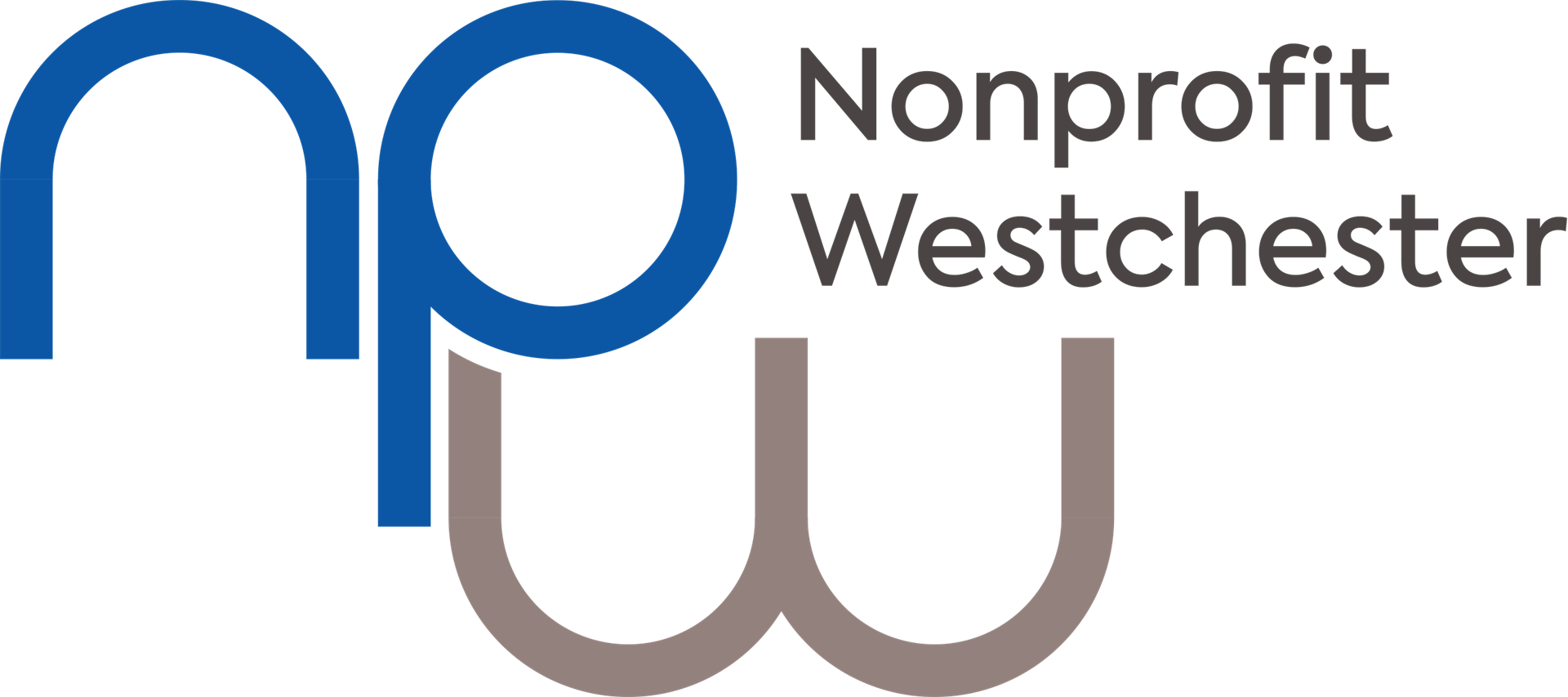|
New Funding Paradigm Need for NFP Public Emergency Informational/Non-"Safety Net" FunctioningsDigital and community and media communications to inform isolated constituencies of how to access direct service programs in emergencies are extremely important but almost impossible to find funding to carry out, within the current typical "safety net" definitional construct that most funders now use. I think there should be some "definitional" work conducted in this area within partner and funder agencies so that non-profit emergency information-outreach programs do not end up relying on gum-and-scotch-tape capacities when in fact they may be needed to save lives and should be high quality. This does not "take away" from direct services, but rather, is a necessary and vital complement to them, and especially for older adults who need information delivered in emergencies that is highly explicit, carefully framed, and delivered in many accessible formats that cannot and should not be subjected to shortcuts. Government agencies are also experiencing bottlenecks in leading such communications efforts and cannot replace what non-profits do to communicate all significant emergency information to core constituencies, on their own. This all merits a funder-priority or funder-interest review and additionally with reference to the explosion of new digital technologies we see so regularly. Access to "safety net services" in an increasingly complex society first requires a high degree of consumer technology literacy or, barring that, a well-resourced emergency information communications outreach ecosystem that takes into account functional limitations of older adults and people with disabilities (and also with reference to the Americans with Disabilities Act under some circumstances).These are lessons we can learn from the pandemic; or, perhaps an ad hoc working group could be formed to study and assess these questions. Multi-lingual communications capacities could also be emphasized as discrete emergency funding items. And this need is also increasingly important at a time when as non-profits especially focus on increasing outreach to the BiPOC community as well as to other marginalized groups like the LGBTQIA population, immigrants/low-English-proficient individuals, and others, funding for emergency outreach could or should parallel direct service supports to some degree because of the importance of ensuring culturally competent and more comprehensive outreach to those populations. Perhaps a coalition of specialists in public communications across a range of NFP's serving and repreesenting marginalized populations could be formed to see if some new paradigms and shared strategies could be developed and perhaps some funders might find it valuable to sit in and listen and offer ideas. |


